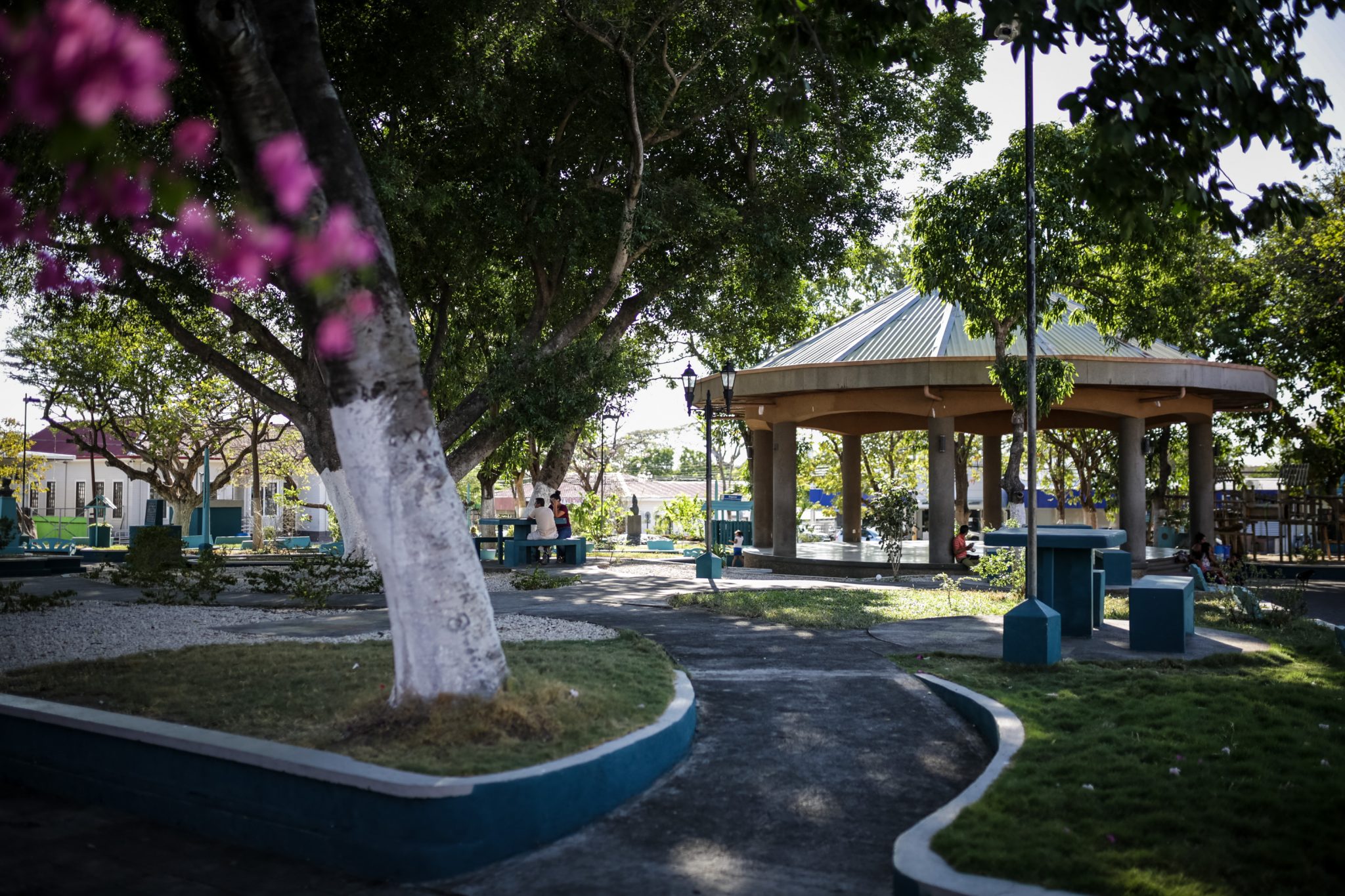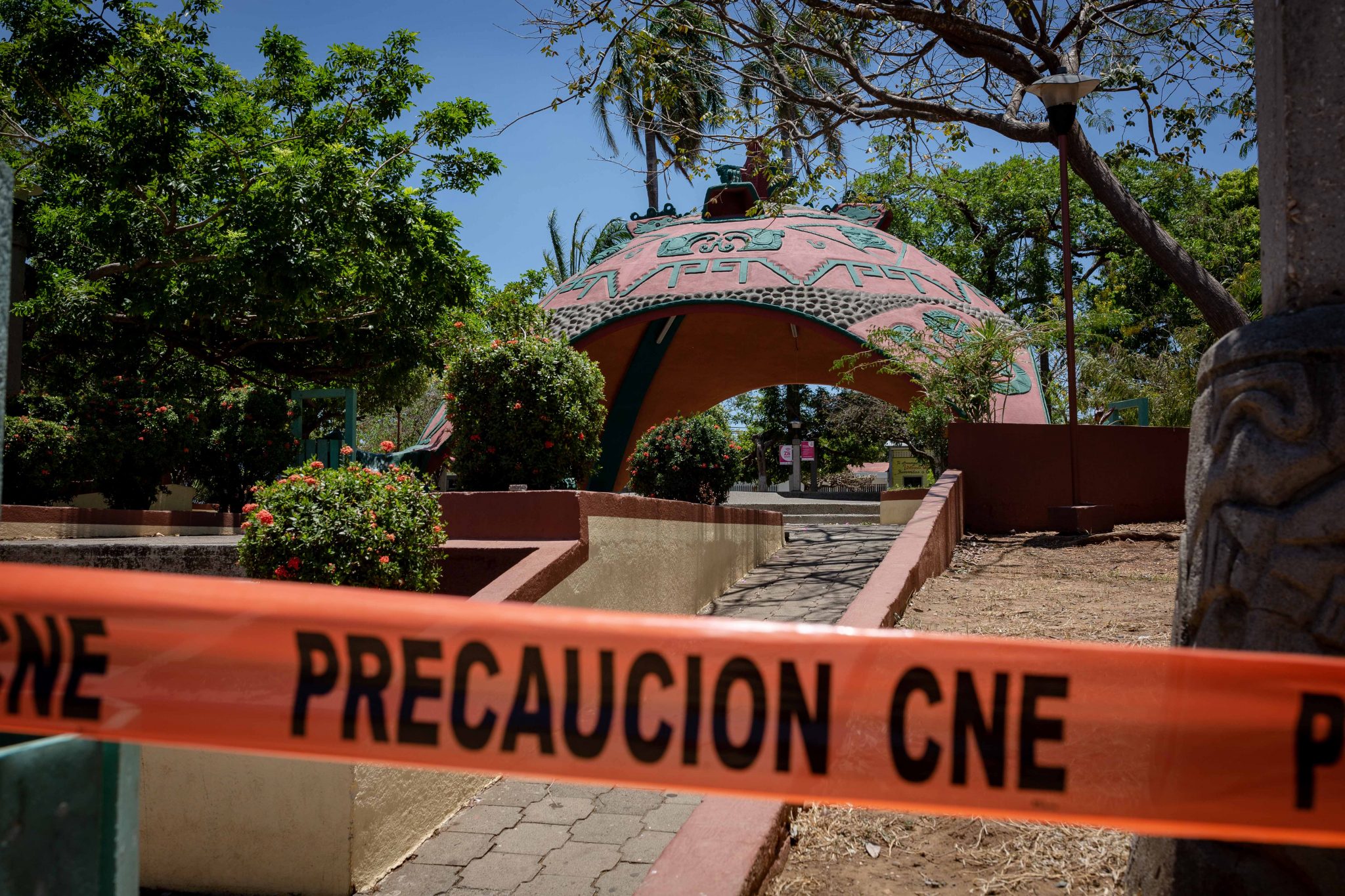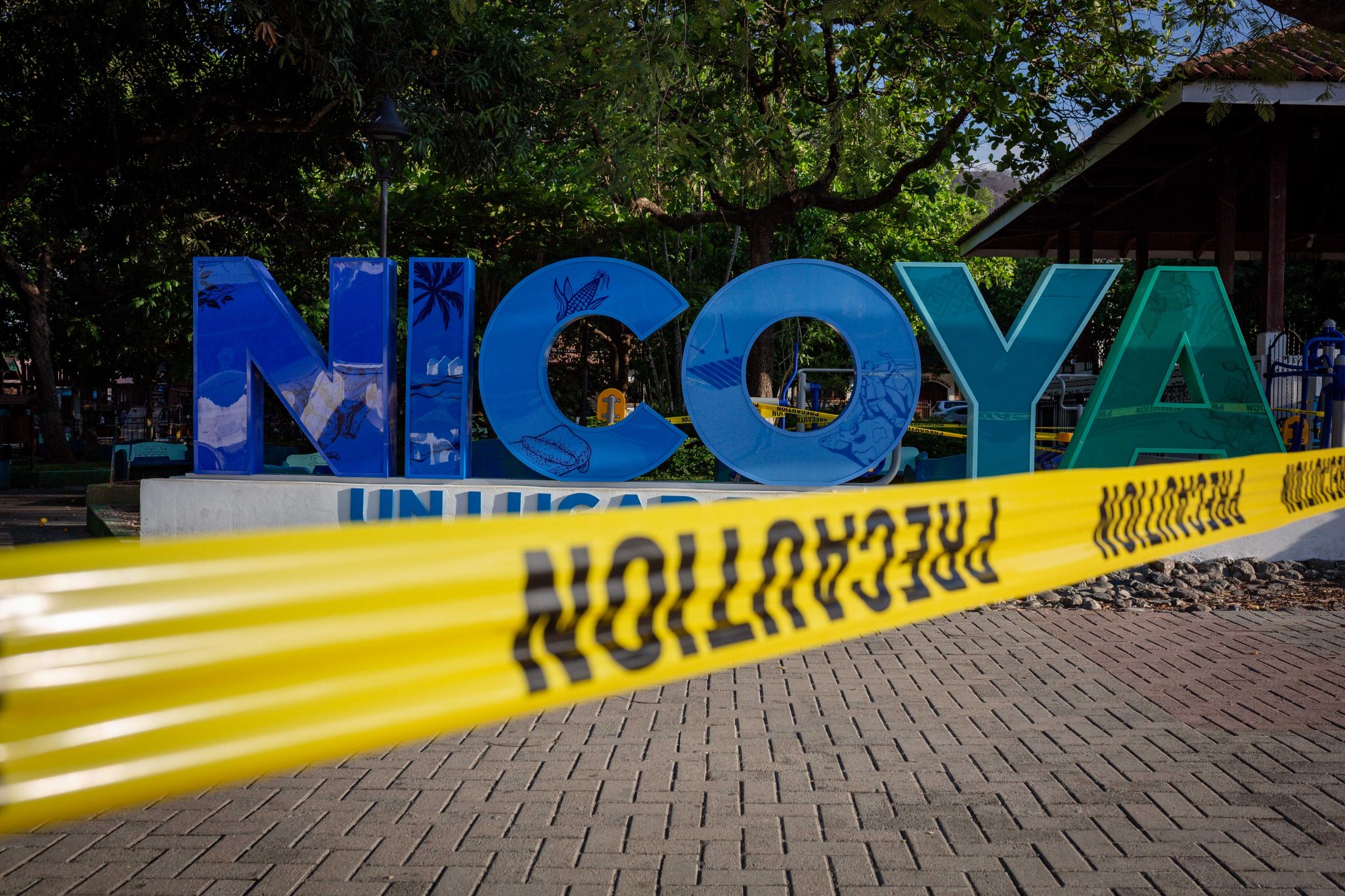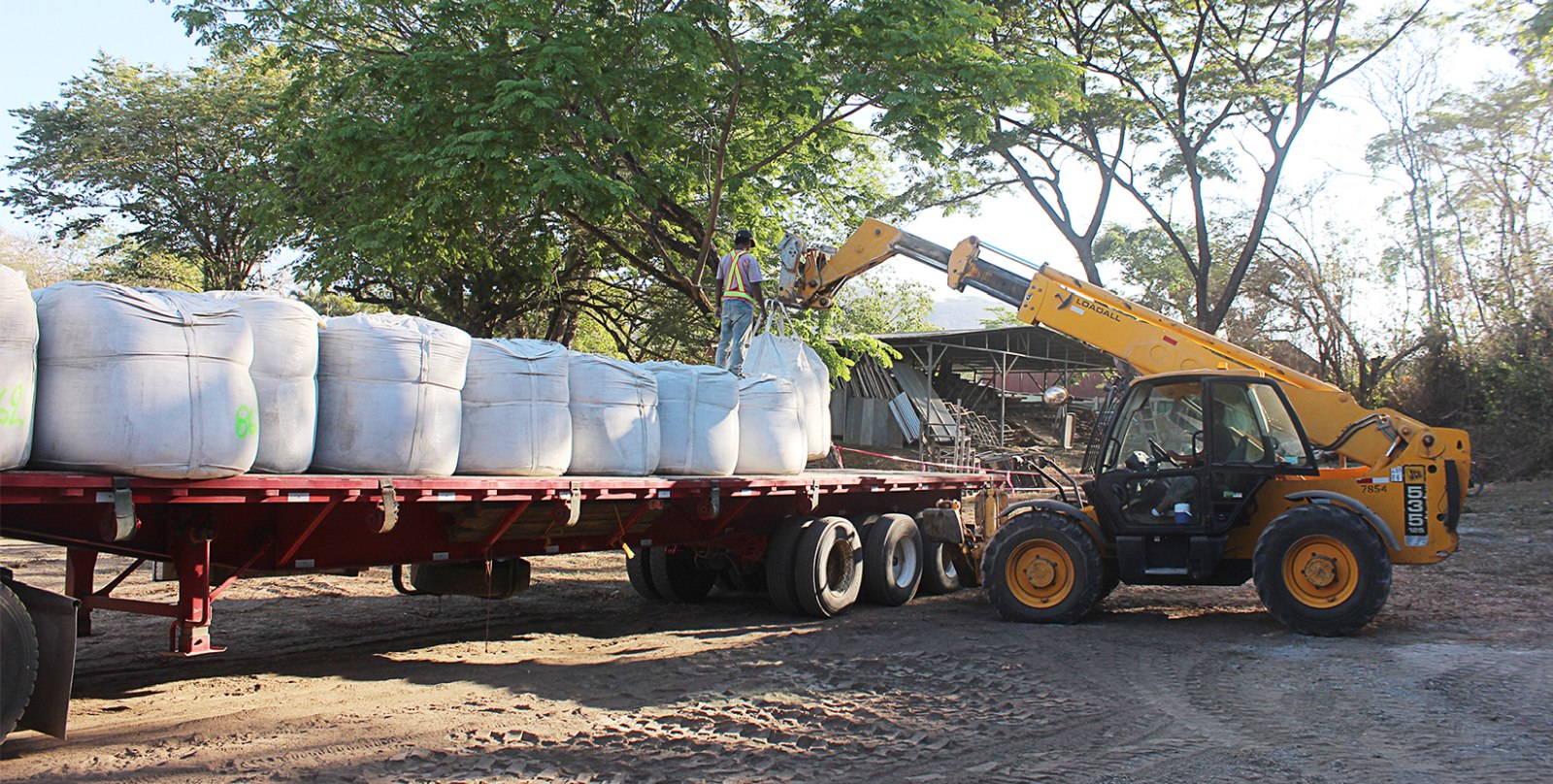
Most municipalities in Guanacaste meet the requirements for reopening parks, but so far only Bagaces has done it.
Two more towns, Tilaran and Cañas, plan to open these areas to people that live there on November 1st.
Other local governments hesitate to do so for two reasons: because they are a potential source of spread and because municipalities lack the necessary resources to monitor compliance with COVID-19 prevention measures, such as maintaining distance between visitors.
“I have seen people near the park without protective gear and the situation in Liberia is hitting us hard,” said the mayor of that canton, Luis Gerardo Castañeda, firm in his decision that public places remain closed.
“Right now thinking about opening parks is not a priority. Having a direct monitoring of the families that have COVID and reducing the amount of infections that are occurring is,” assured the Municipality of Santa Cruz’s press representative, Francisco Mairena.
The mayor of Santa Cruz, Alonso Alan Corea, on the other hand, had told The Voice that the Municipal Emergency Committee (CME) was considering opening parks and sports areas soon. However, their plans have to be postponed because on Tuesday, October 20, La Cruz went on orange alert.
A Mental Health Issue
Cañas’ mayor, Luis Fernando Mendoza, considers reopening the canton’s central park on November 1st to be a measure that benefits people’s mental health.
We’ve had people requesting the opening, especially because of the level of stress that citizens have, and the parks are public spaces for relaxation and recreation,” Mendoza commented.
Epidemiologist and former Vice Minister of Health Ana Morice agrees. She emphasized the need for municipalities to open them especially for children who spend their time at home, not all of whom have the economic means to have fun in other places.
“We know that this pandemic has greatly affected the emotional state of the entire population and of the children. Opening the parks is an opportunity for families to go in [social] bubbles to have a good time, take some things to play with and get a little exercise,” Morice remarked.

The Municipality of Bagaces reopened this park in mid-October. The pavilion, picnic tables and playground remain closed. This photograph shows what a normal day was like in the central park in March 2019, a year before Costa Rica reported its first case of COVID-19. Photo: Cesar Arroyo Castro
An Epidemiological Risk?
The country’s authorities have given priority to opening enclosed spaces such as restaurants and bars under the reasoning that they are places that generate economic reactivation.
“When it comes to distributing municipal supervision, along with the national police and other people involved, priority is being given to activities that create jobs,” said the Minister of Economy, Victoria Hernandez, during a press conference on October 5th.
However, Dr. Ana Morice said that “from an epidemiological point of view, it makes perfect sense to open the parks”, taking into account that they are open-air spaces and are large enough for people to practice social distancing.
The debate is extensive. Around the world, experts have been asking why governments give priority to opening enclosed spaces such as bars before outdoor activities. And some petitions in other countries claim that by keeping parks closed, people are driven to recreate in enclosed spaces with a higher risk of infection.
“Outside is better than inside, due to dilution,” scientist Kimberly Prather from the University of California in the United States told the Spanish newspaper El Pais.
Bars are higher risk activities: talking out loud, without masks, while drinking or eating, poor ventilation, sitting close to each other… Everything leads to the accumulation of aerosols,” she explained.
A group of professors from Los Andes University in Colombia published an article in which they analyze the risk of infection in public spaces. In the paper, they mention a study in China in which 1,245 COVID-19 infections were analyzed in 318 focal points (sites with outbreaks). “In only two of the cases, in one of the focal points, the transmission occurred in open spaces,” the researchers concluded.
Former Minister Morice stated that protocols must be established and monitored to make sure they are put into practice. This is what causes the dilemma for municipalities.
Uncertainty in the Steps
“We have 40 civil servants. We don’t have police to monitor compliance with protocols. We would have to be disinfecting the surfaces,” said the mayor of Hojancha, Eduardo Pineda. “We could generate a problem [with infections],” he added as a reason why the canton will keep the park closed.
Like him, most of the leaders allege that they cannot monitor compliance with protocols and that they would have to implement extreme disinfection measures.
The mayor of Tilaran, Juan Pablo Barquero, indicated that he sees a bigger problem: Health guidelines are “very general, not specific for each public space,” he said. According to Barquero, the Ministry of Health assured them that it would send a guideline of the measures to be taken when opening parks.
We’re waiting for these guidelines this week in order not to neglect any matter so that tomorrow no situation occurs in which the municipalities could have been neglecting some technical aspect,” he added.
Barquero did make it clear that the park opening is set for November 1 with or without recommendations from the Ministry of Health. “We will put in handwashing stations and signage,” he commented.

Bernabela Ramos Park in Santa Cruz during March 2020. This canton was the second in the province to report the first cases of COVID-19. Since then, it has remained closed. Photo: Cesar Arroyo Castro
The Voice asked the Ministry of Health if it is putting together a protocol on measures in parks, but as of publication time had not received a response.
Other municipalities have devised their own protocols, following the indication that local governments are the ones in charge.
“The municipality acquired a mobile pressure washer to move it to different public spaces to disinfect with soap and chlorine,” the Municipality of Bagaces’ environmental manager, Vernon Rodriguez, explained to The Voice. “It is the means that we would use to clean public spaces,” he added.
Bagaces is also keeping the children’s playgrounds, the pavilion and the picnic tables closed. Rodriguez stated that they still have to “add potential signage” about the suggested measures.
In Cañas, the municipality will open faster, on November 1, with the advantage that they have someone in charge of cleaning the park. According to Mayor Luis Fernando Mendoza, he will be the one to monitor compliance with the distancing and non-crowding measures, as well as hand washing in the two sinks that they installed.
Epidemiologist Ana Morice pointed out that there are recommendations necessary for opening parks. “It is important to guarantee the supply of water, soap and alcohol so that people can be washing their hands, that people use a mask as much as possible, and that they maintain distance between [social] bubbles.”
It’s not that difficult,” Morice added. “Everything requires effort and resources but opening these spaces is essential for the populace.”
The group of professors from the University of Los Andes believes that encouraging outdoor activities, and indicating how to do them safely, can reduce infections. “It is possible that clandestine crowds in enclosed spaces that we know are taking place will decrease, thus reducing infections,” they concluded.
A Review
Following the Ministry of Health’s recommendation, local governments closed parks and public places on March 19, 2020. Thirteen days after the first case of COVID-19 in the country, the health institution affirmed that many people continued to go to those places, so the governments put up yellow tape, removed children’s play equipment and cancelled talks in the afternoons.
However, as of September 15, municipalities can reopen parks and public spaces if their cantons are on yellow alert and if local emergency committees have a COVID-19 prevention plan in place. However, playgrounds do have to remain closed.
At this time, all of the cantons, with the exception of La Cruz, meet both requirements, according to statements made by CME leaders and officials to The Voice of Guanacaste. The mayors of Nicoya and Nandayure did not respond to calls or messages from this medium.







Comments